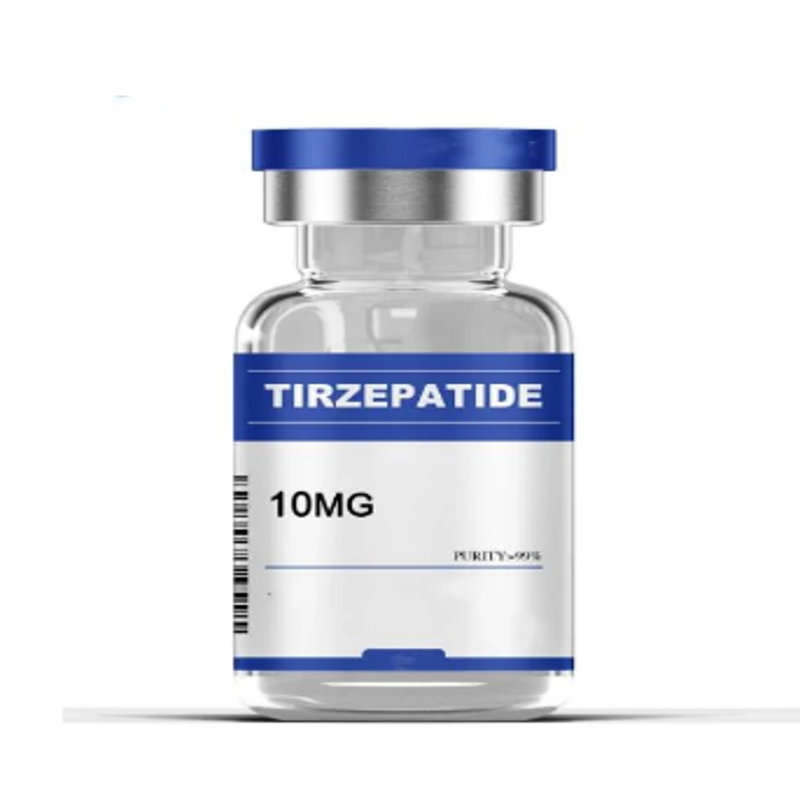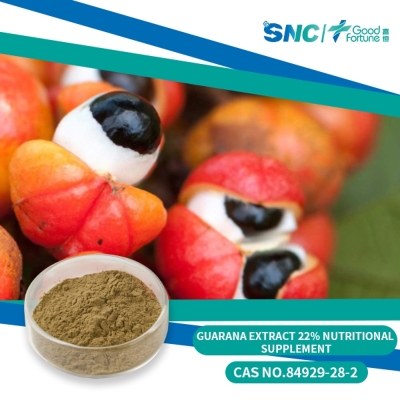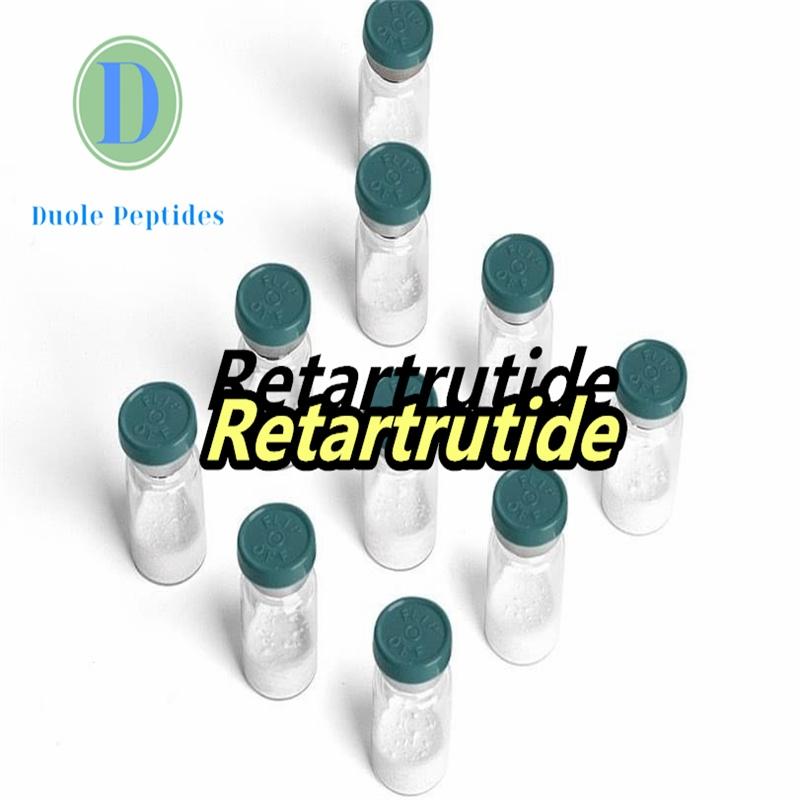-
Categories
-
Pharmaceutical Intermediates
-
Active Pharmaceutical Ingredients
-
Food Additives
- Industrial Coatings
- Agrochemicals
- Dyes and Pigments
- Surfactant
- Flavors and Fragrances
- Chemical Reagents
- Catalyst and Auxiliary
- Natural Products
- Inorganic Chemistry
-
Organic Chemistry
-
Biochemical Engineering
- Analytical Chemistry
-
Cosmetic Ingredient
- Water Treatment Chemical
-
Pharmaceutical Intermediates
Promotion
ECHEMI Mall
Wholesale
Weekly Price
Exhibition
News
-
Trade Service
Introduction
In the field of chemical synthesis, there are many methods available for the preparation of a given compound.
The choice of method depends on a variety of factors, including the availability of starting materials, the desired yield and purity of the product, and the cost and complexity of the reaction.
In recent years, synthetic organic chemists have increasingly turned to synthetic routes for the preparation of bioactive compounds, such as Landiolol (4S)-(2,2-dimethyl-1,3-dioxolan-4-yl)-3-(4- hydroxybenzene) propanoic acid, methyl ester.
Landiolol is a synthetic compound with a unique chemical structure and biological activity.
It has been shown to have potential as a treatment for a range of diseases, including high blood pressure, heart failure, and angina pectoris.
As such, the development of efficient and cost-effective synthetic routes for the preparation of Landiolol is of great interest to the chemical industry.
One of the most important considerations in the synthesis of any compound is the availability of starting materials and the cost of the reaction.
The starting materials used in the synthesis of Landiolol must be both readily available and inexpensive in order to make the synthesis commercially viable.
In addition, the reaction must be efficient and straightforward, as this will help to minimize the cost of the final product.
One synthetic route to Landiolol that has been studied extensively involves the use of a common starting material, methyl 2-bromopropionate.
This compound is readily available and inexpensive, making it an ideal starting material for the synthesis of Landiolol.
The synthesis involves a series of consecutive steps, including alkylation, alkoxylation, and hydrolysis.
The final product, Landiolol, is obtained in good yield and high purity.
Another synthetic route to Landiolol has been developed that involves the use of a different starting material, methyl 2-formylpropionate.
This compound is also readily available and inexpensive, and the synthesis involves similar steps to the previous route.
The final product is obtained in good yield and high purity, making this route a useful alternative to the traditional synthesis.
Both of these synthetic routes have been shown to be efficient and cost-effective, making them attractive to the chemical industry.
The use of readily available and inexpensive starting materials, combined with the relatively simple reaction sequence, makes these routes viable options for the large-scale production of Landiolol.
Advantages of Synthetic Routes
The synthetic routes to Landiolol offer a number of advantages over traditional methods of preparation.
One of the main advantages is the availability and cost of the starting materials.
Methyl 2-bromopropionate and methyl 2-formylpropionate are both widely available and inexpensive, making the synthesis of Landiolol more affordable.
In addition, the reaction sequence is relatively simple, reducing the risk of complications and increasing the efficiency of the synthesis.
Another advantage of the synthetic routes to Landiolol is the high yield and purity of the final product.
By carefully optimizing the reaction conditions, it is possible to obtain Landiolol in high yield and with a high degree of purity.
This is important for the pharmaceutical industry, where the purity of the starting material is crucial for ensuring the safety and effectiveness of the final product.
Conclusion
The synthetic routes to Landiolol described here offer a viable alternative to traditional methods of preparation.
The use of readily available and inexpensive starting materials, combined with a simple and efficient reaction sequence, makes these routes attractive to the chemical industry.
The high yield and







